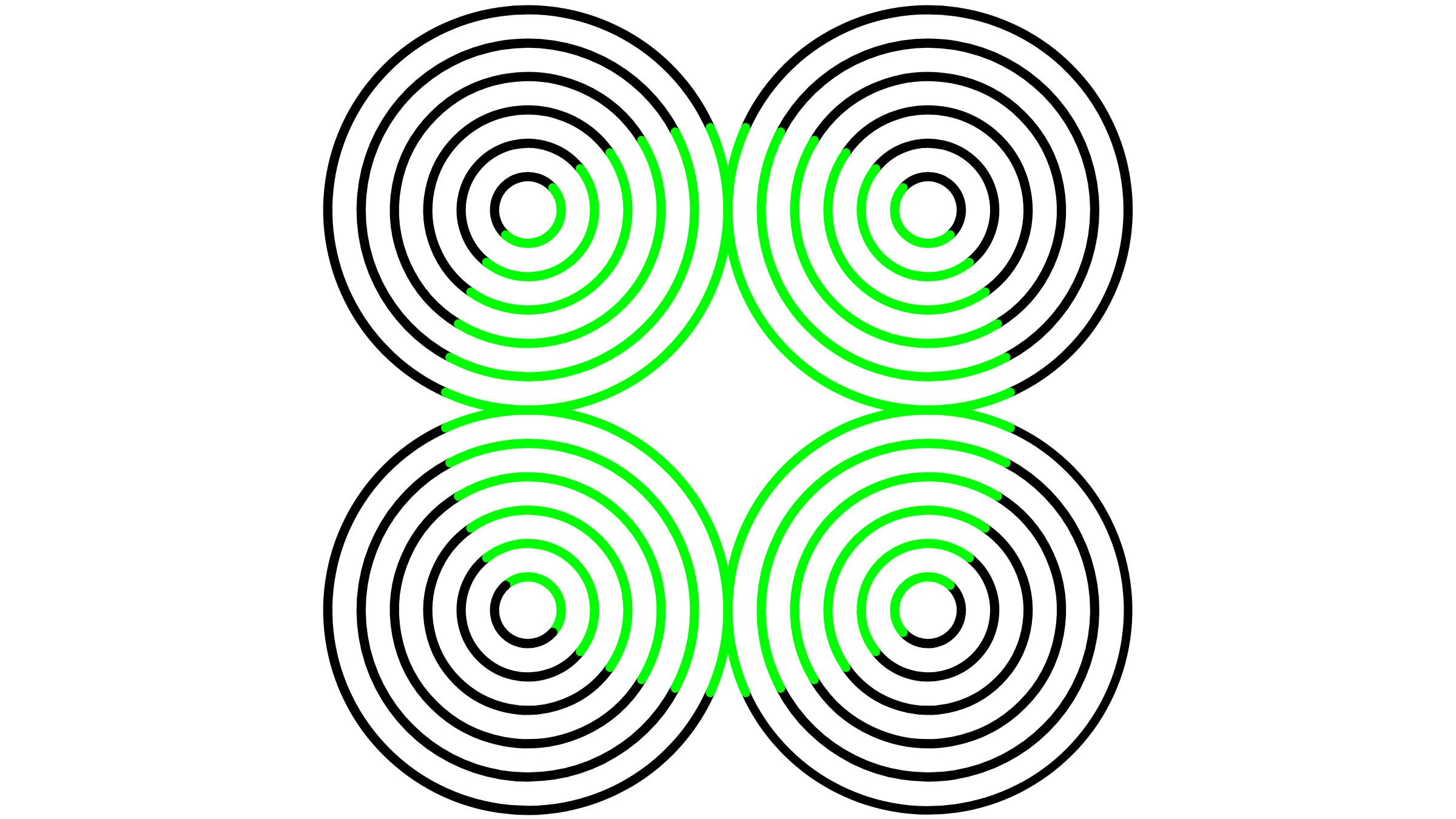Bioengineering, Vol. 10, Pages 1248: Virtual Dental Articulation Using Computed Tomography Data and Motion Tracking
Bioengineering doi: 10.3390/bioengineering10111248
Authors: Ting-Han Chou Shu-Wei Liao Jun-Xuan Huang Hsun-Yu Huang Hien Vu-Dinh Hong-Tzong Yau
Dental articulation holds crucial and fundamental importance in the design of dental restorations and analysis of prosthetic or orthodontic occlusions. However, common traditional and digital articulators are difficult and cumbersome in use to effectively translate the dental cast model to the articulator workspace when using traditional facebows. In this study, we have developed a personalized virtual dental articulator that directly utilizes computed tomography (CT) data to mathematically model the complex jaw movement, providing a more efficient and accurate way of analyzing and designing dental restorations. By utilizing CT data, Frankfurt’s horizontal plane was established for the mathematical modeling of virtual articulation, eliminating tedious facebow transfers. After capturing the patients’ CT images and tracking their jaw movements prior to dental treatment, the jaw-tracking information was incorporated into the articulation mathematical model. The validation and analysis of the personalized articulation approach were conducted by comparing the jaw movement between simulation data (virtual articulator) and real measurement data. As a result, the proposed virtual articulator achieves two important functions. Firstly, it replaces the traditional facebow transfer process by transferring the digital dental model to the virtual articulator through the anatomical relationship derived from the cranial CT data. Secondly, the jaw movement trajectory provided by optical tracking was incorporated into the mathematical articulation model to create a personalized virtual articulation with a small Fréchet distance of 1.7 mm. This virtual articulator provides a valuable tool that enables dentists to obtain diagnostic information about the temporomandibular joint (TMJ) and configure personalized settings of occlusal analysis for patients.

 6 months ago
23
6 months ago
23


